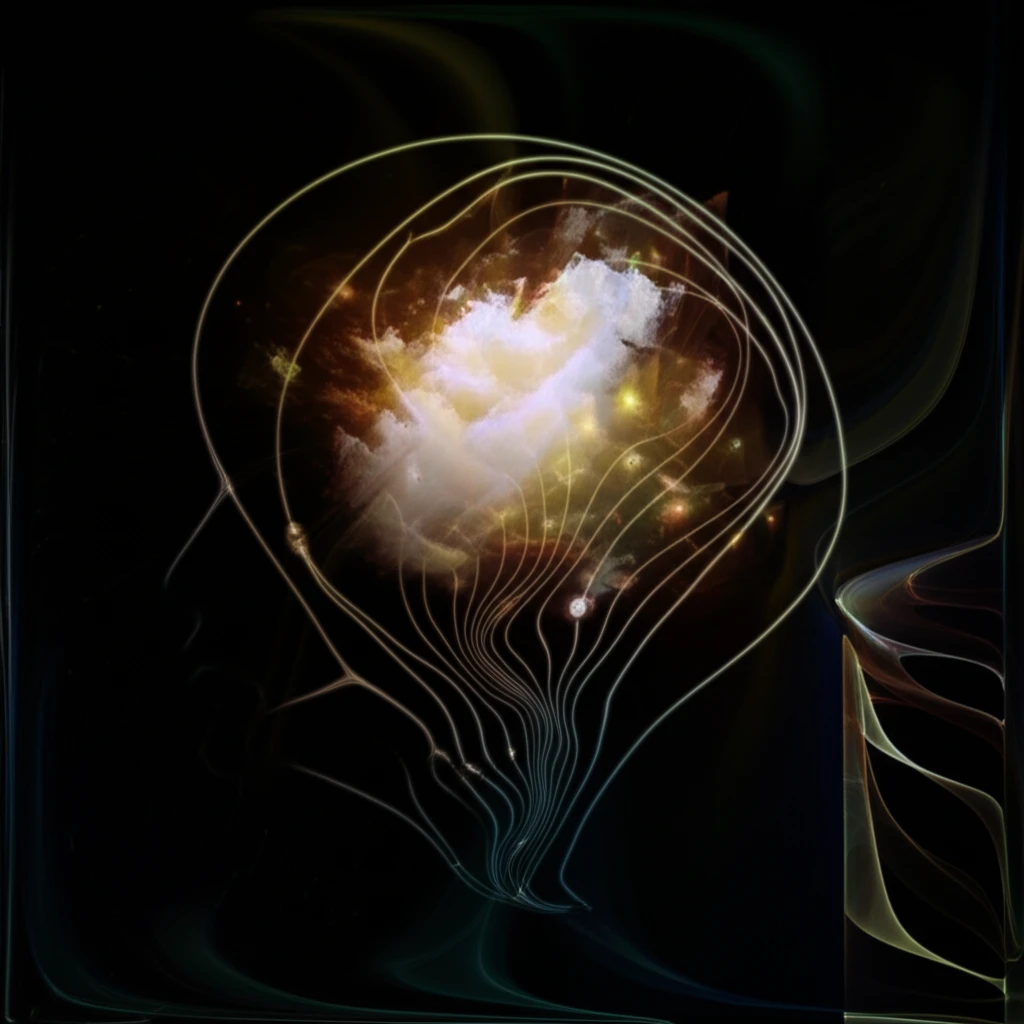
Unlocking the Secrets of Motion: How Our Brains See Movement in the World
"Groundbreaking research reveals how our brains process the direction of motion, opening doors to a deeper understanding of vision and perception."
Have you ever wondered how you instantly perceive the world in motion? From the gentle sway of leaves in the wind to the rapid flight of a bird, our ability to see movement is a fundamental aspect of how we interact with our surroundings. But how does our brain achieve this seemingly effortless feat? Recent groundbreaking research is beginning to unlock the secrets of motion perception, offering fascinating insights into the intricacies of human vision.
A new study published in the Journal of Vision by Elena Gheorghiu, Frederick Kingdom, and Rickul Varshney delves into the mechanisms behind curvature coding and how our brains are tuned for motion direction. The research focuses on two shape after-effects, the shape-frequency after-effect (SFAE) and the shape-amplitude after-effect (SAAE), that are believed to be mediated by curvature-sensitive mechanisms. This study could revolutionize the way we understand how our brain works.
The implications of this research extend beyond mere scientific curiosity. A deeper understanding of motion perception can inform advancements in various fields, including virtual reality, robotics, and even the diagnosis and treatment of neurological disorders affecting vision. Get ready to embark on a journey into the core of how you see the world!
Decoding Curvature: The Key to Perceiving Motion

At the heart of this research lies the concept of curvature coding—the way our brains process the curves and shapes of objects. The study investigates how our visual system not only recognizes shapes but also how it determines the direction in which those shapes are moving. This is accomplished through specialized mechanisms that are tuned to specific motion patterns.
- The SFAE: The shape-frequency after-effect causes us to perceive shifts in the apparent shape-frequency of a test contour after adapting to a sine-wave-shaped contour.
- The SAAE: The shape-amplitude after-effect makes us perceive shifts in the apparent shape-amplitude of a test contour after adapting to a sine-wave-shaped contour.
- Adapting Stimuli: The study used adapting stimuli, which were sine-wave-shaped contours moving within a fixed window, to understand how motion direction influences the SFAE and SAAE.
- Motion Direction: In the global motion condition, the sinusoidal-shaped contours moved along their axis of modulation. In the local motion condition, contours were created from a string of Gabors (small visual elements).
- Testing: Adaptor and test contours moved either in the same or opposite directions.
The Future of Vision: Implications and Applications
The findings of this study not only deepen our understanding of the human visual system but also pave the way for future research and practical applications. As we continue to unravel the mysteries of motion perception, we can anticipate advancements in fields such as virtual reality (making the experience more realistic), robotics (improving machine vision), and the treatment of visual disorders (developing new therapies). The research offers a glimpse into the beautiful complexity of human perception and its infinite potential.
